Fire Emblem Warriors: Three Hopes review - punchy, tactical and immensely satisfying
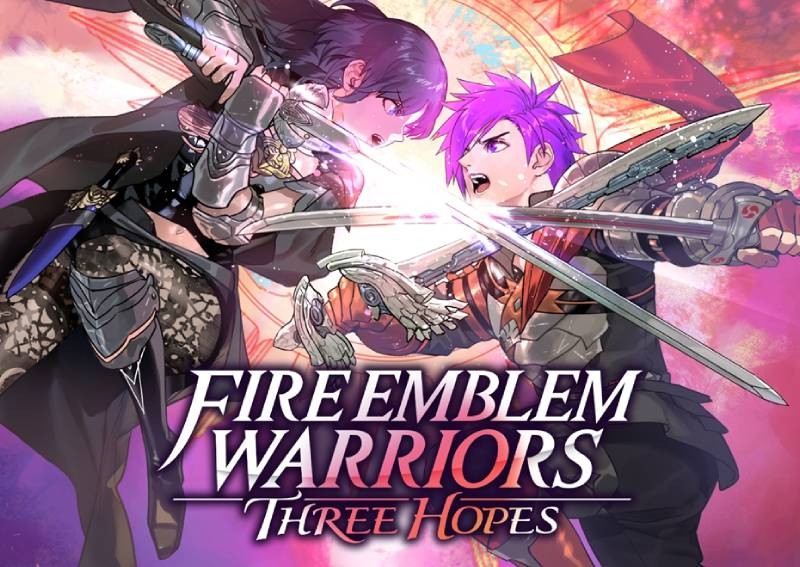

More Fire Emblem is usually good. Or, at least, that's what I've been led to believe living on this blue-green ball in space.
Fortunately, I see no reason to disagree, as Fire Emblem Warriors: Three Hopes has been quite the fun ride.
Loaded to the brim with familiar characters and a surprisingly good mix of gameplay, this successor to the popular 2017 Warriors spin-off generally doesn't cut corners when it comes to quality, though it does feature a number of small logistical potholes keeping it from achieving that perfect 10.
Of course, we'll cover that in more detail later, but first, let's do a little stock take.
Fundamentally, Three Hopes' gameplay formula remains largely the same as that of its predecessor, though developer Omega Force has polished it using modern game technology.
For the unenlightened, It blends the now-iconic musou style of hack-and-slash gameplay with conventional Fire Emblem RPG elements, and in that sense is much more proactive compared to the standard formula.
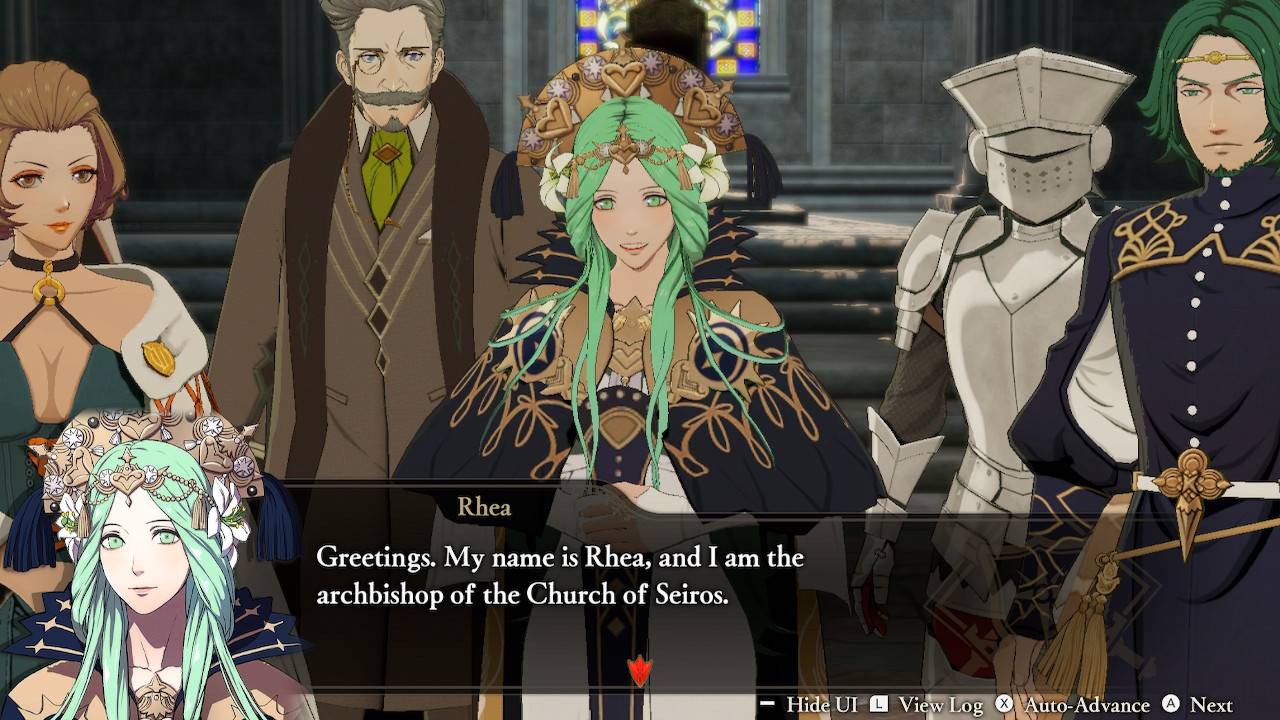
With regards to the narrative setting, Three Hopes essentially takes place in an alternate universe from Fire Emblem: Three Houses.
Instead of controlling Byleth, players now step into the shoes of Shez, a normal, run-of-the-mill mercenary whose team was decimated by the aforementioned Ashen Demon.
Following mysterious circumstances, or in other words, no small amount of plot armour, Shez survives the encounter with Byleth and begins a journey to avenge their fallen comrades.
However, as every other fantasy story out there would hint at, things are never quite so straightforward, and their adventure inevitably unfolds into a conflict that threatens the fragile peace in Fodlan.
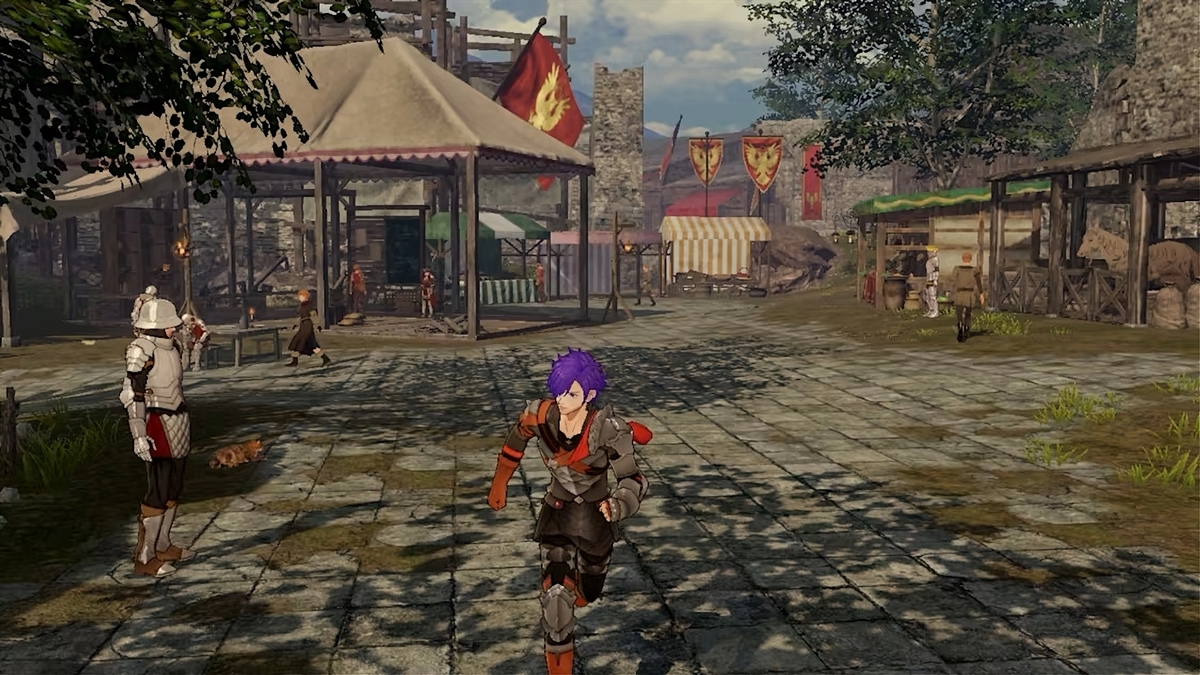
Generally, musou titles tend to be evergreen – you could restart a new playthrough after years of not touching it and it'll probably still be fun.
After all, putting aside the usual flashy combat and tactical aspects, such titles are fundamentally built on letting you feel as overpowered as possible, and nobody hates feeling like a one-man army every so often.
Now, there's no small amount of such vibes in Three Hopes, but to its credit, this game doesn't excel just because the genre itself is evergreen.
The variety it offers actually sets it even higher on the scale than other musou titles, though it does feel a tiny bit lacking in the aesthetics department.
Anyway, to provide some context, after your first run-in with Byleth, Shez opts to ally with one of Fodlan's three main factions as a means of getting stronger, which unfold into the Scarlet Blaze, Azure Gleam, and Golden Wildfire routes respectively.
Naturally, every faction offers a different set of playable characters that you can also interact with when you're not beating the daylights out of enemies, and building up your relationships lets you unlock various support effects and miscellaneous tidbits too.
At this point, it's all pretty standard JRPG stuff, but for what it's worth, the catch here is that Shez can't (and doesn't) go the distance with any NPC in this game.
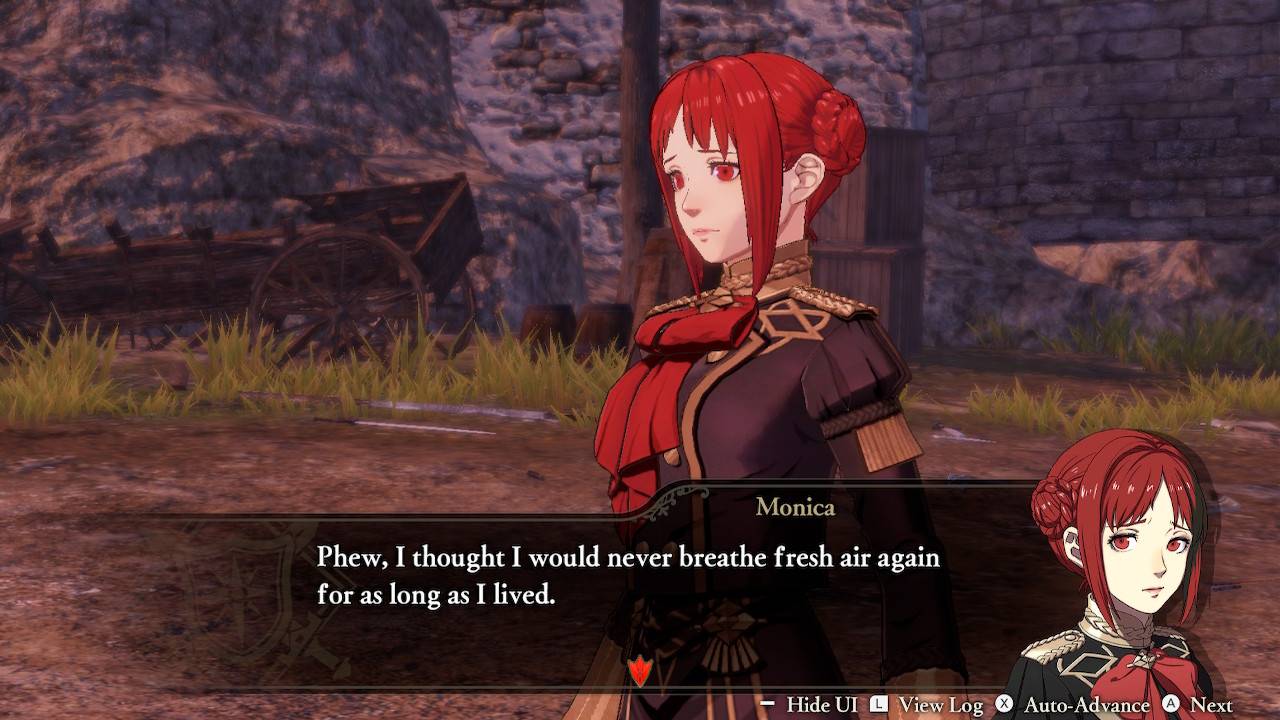
While that might be a slight (or severe) turn-off for die-hard FE fans looking for some...serious character development, it also means you have more incentive to try out the other two factions in separate playthroughs, and you definitely should.
Although they all offer the same mix of classes, and by extension, combat options in general, the developers have taken great pains to flesh out each and every single one of their personalities, making each run vastly different and unique.
Speaking of variety, there are lots of it within the gameplay aspect as well, which is truly surprising since one of the genre's inherent weaknesses is its obvious lack of diversity in this respect.
From standard-fare mob swarms to Monster Hunter-style boss battles and even RTS-style unit management (to some extent), Three Hopes' sheer variety already puts it in a class of its own, simply because you don't experience the same exact routine stage in and stage out.

Not only is the package designed to keep players on their toes during combat, but the presence of class affinities and weaknesses provides further incentive to master matchups and plan encounters accordingly.
In that sense, it's a lot more tactical than many players might give it credit for, since other musou games tend to leave this particular aspect out for the sake of letting you feel OP.
However, complexity is also where Three Hopes falters a little, because its combat system can be a little too complex for its own good at some points.
Mechanics like parrying and guard breaks are all well and good for the sake of keeping the gameplay tempo interesting, but I have to admit it can be quite difficult to understand ten different tutorials within just as many minutes.
In other words, Three Hopes likes to rush you through the metaphorical boot-up sequence so that you can get into the action ASAP, which isn't necessarily bad, but it means you often need to go back and re-examine most tutorials afterwards.
To be fair, it could just be a me thing. Some people do appreciate such quick-fix tutorials, but the opposite is true as well – it can be a little overwhelming if you're new to the musou genre as a whole.
In some ways, the rapid pace is amusing in the sense that it's counterintuitive.
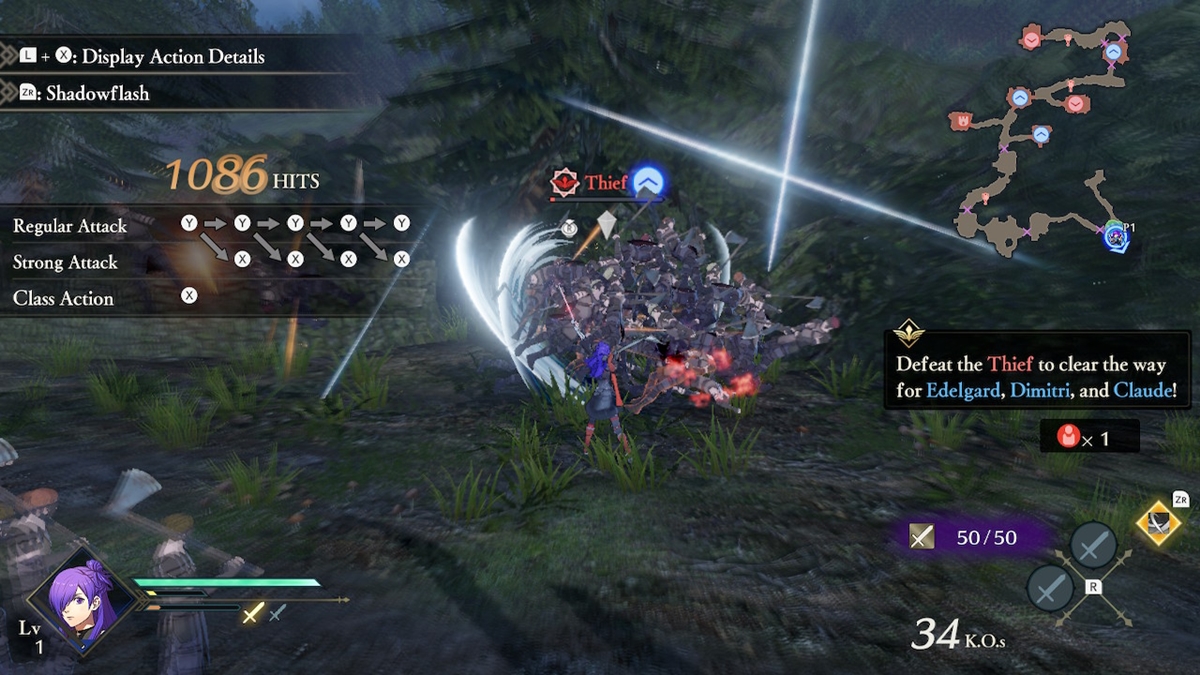
On one hand, it encourages players to get in on the action as quickly as they can, but on the other, it also requires them to sit down and take time to review concepts so that they can...well, leap into the fray quickly.
Also, it's worth noting that while Three Hopes handles variety to a T, it can still feel a little grindy at times, which is another inherent flaw of its parent genre.
Most of your experience points will be acquired through combat, and you'll definitely need to level characters up in order to access stronger abilities and equipment.
Naturally, this means that you'll have to spend a lot of time interacting with and using each of them, which can be interesting for some, but absolutely dreary for others.

Still, it's really, really hard to fault this game in any significant way, since most of its flaws are, for lack of better phrasing, "passed down through the family".
Regardless, it's still regrettable that you aren't able to explore each character as deeply as you can in the original, but Three Hopes more than makes up for that demerit with the sheer variety and a continuous stream of exciting developments, both in and out of combat.
[[nid:593729]]
Specifically, I particularly appreciate that players are discouraged from mastering just one play style or character class due to the way levels are constructed, but at the same time, I'd have liked the developers to space out the learning curve just a little, as it felt a little too compact and rushed for its own good.
Nevertheless, most of these hurdles can be cleared with practice, and this is part of what makes it such a great game.
You will have to spend many hours playing to get the most out of it, but that goes for a lot of games in general.
Frankly, as far as musou titles are concerned, Fire Emblem Warriors: Three Hopes is arguably one of the best I've played thus far, and as such deserves a stellar score to match: 8.5/10.
Fire Emblem Warriors: Three Hopes is now available on the Nintendo Switch, and can be purchased via the Nintendo Official Stores on Lazada and Shopee.
This article was first published in HardwareZone.